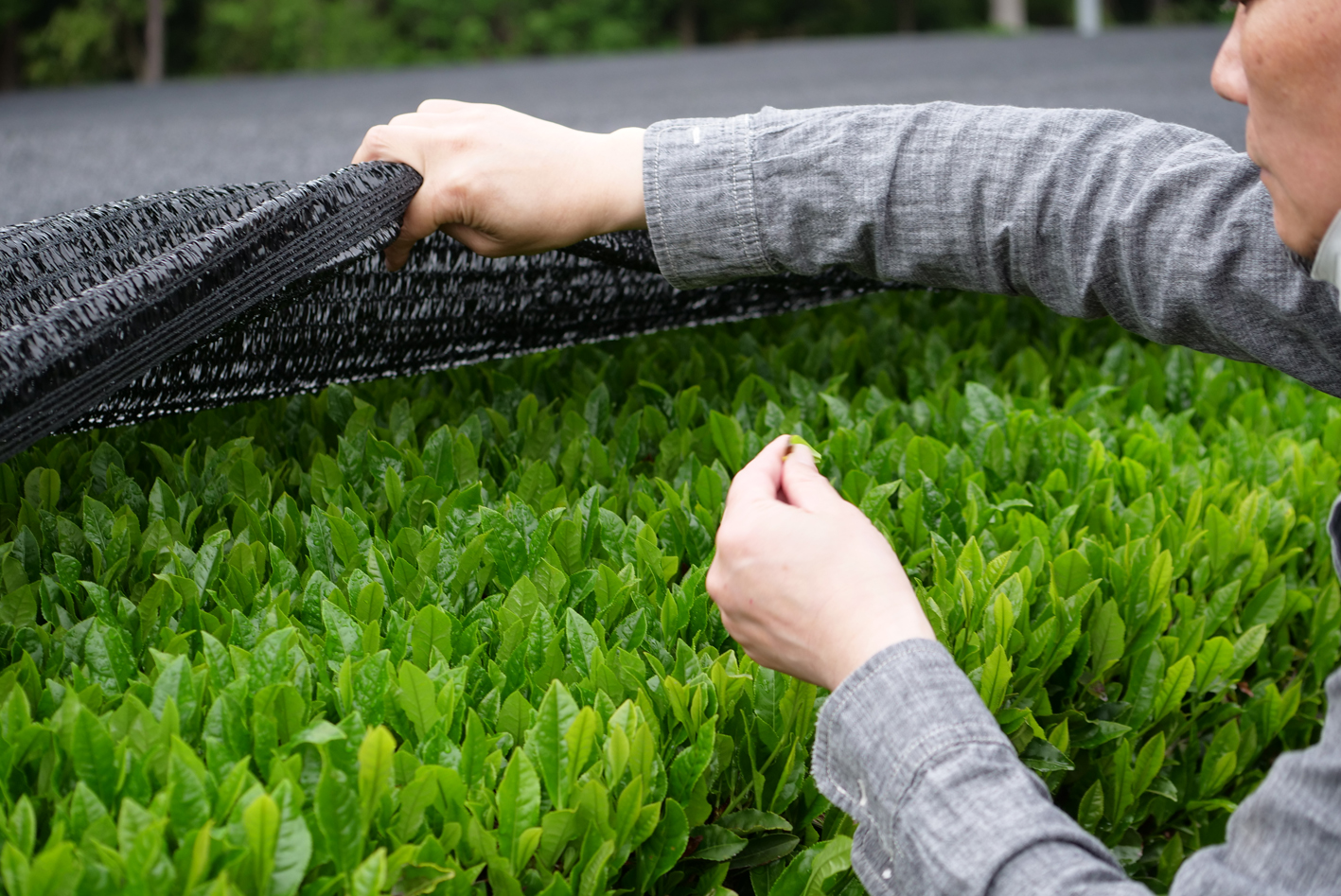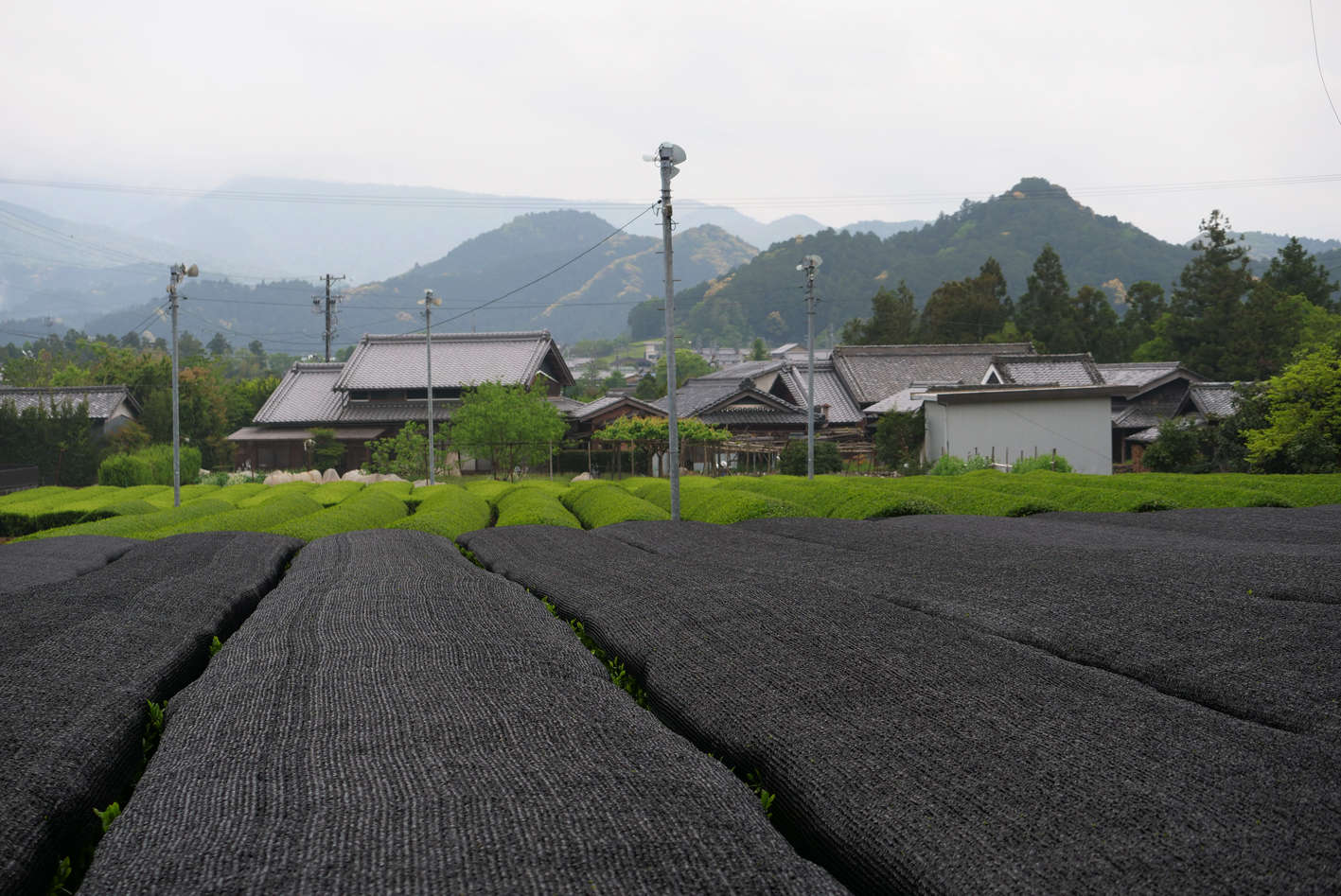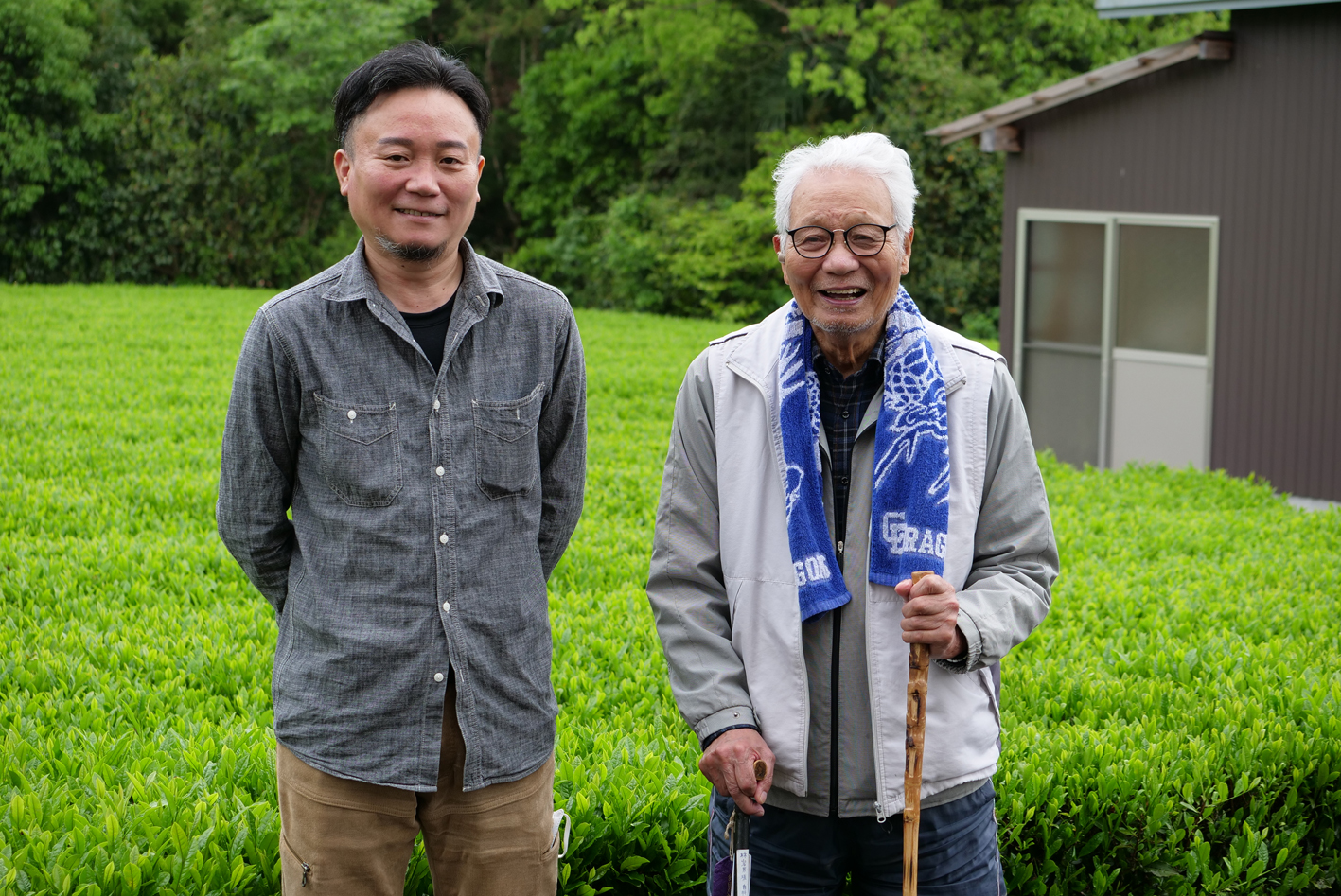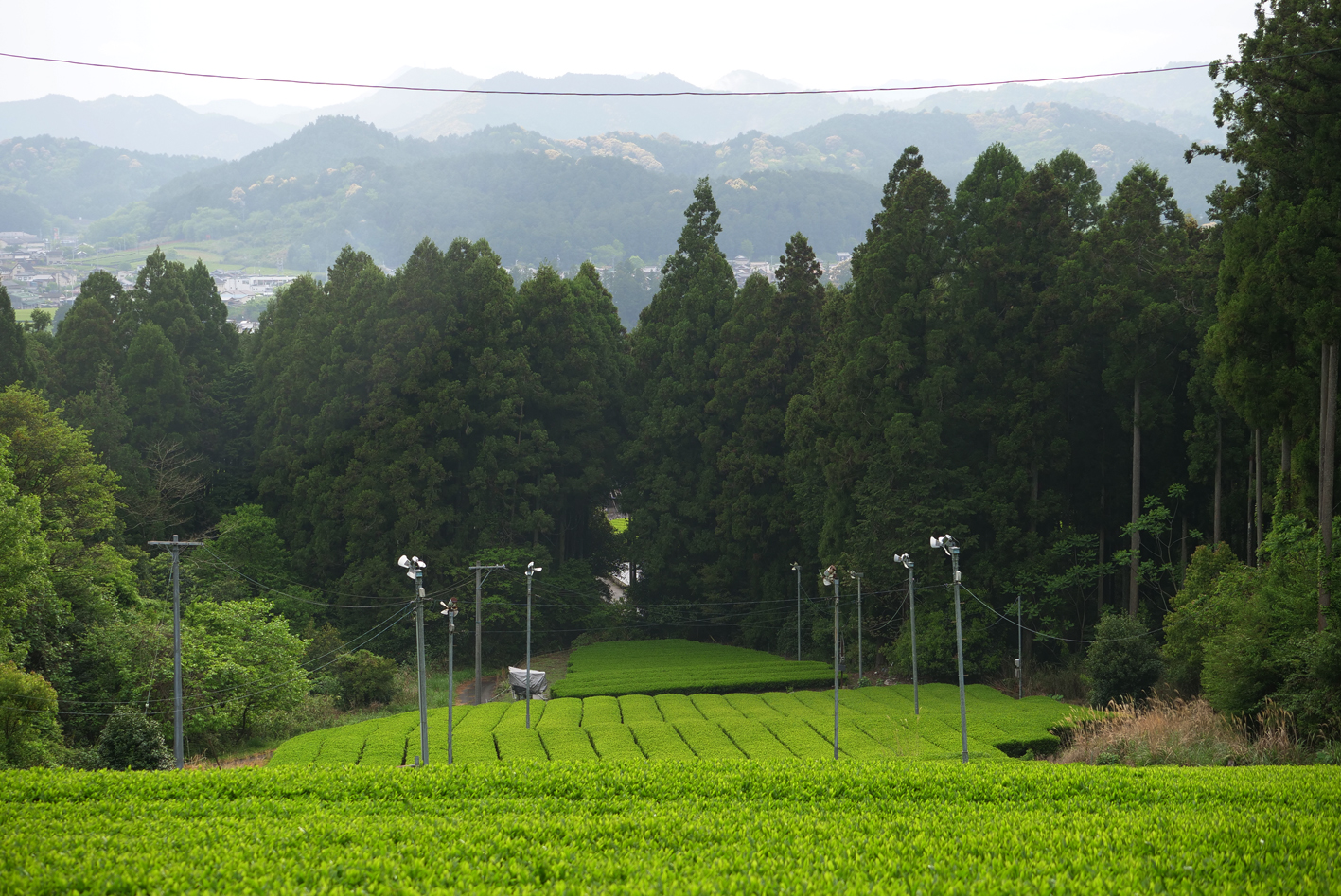When Kimihiko Hayashi picked us up from the station today, you could clearly see his tension. For the Hayashis in Mie, the harvest will start tomorrow, the first of May. This is not an unusual year for the Hayashis. Last year they started on May the 2nd. When we ask about changes in the farm, Kimihiko tells us that they have taken over some gardens from neighbours and are currently converting to organic cultivation. They may also add a few more in the next few years. There are many older tea farmers in the area who are already planning to sell their tea fields due to age and lack of succession. This is good news, because even if there are not more organic farms as a result, at least the area under organic cultivation is increasing.


After we arrive at the house, Kimihiko’s father Iwao Hayashi joins us. The almost 87-year-old organic pioneer immediately begins to talk about his earlier days. He would have liked to come to Germany in his lifetime, because we have been connected for such a long time – over 17 years – and he would have liked to see what it is like in Germany. But he admits that he no longer has the strength for that. He remembers that he has also had quite a turbulent and busy life up to this point:

He was already very enthusiastic about tea cultivation at school. In the 5th grade, he built a showcase as a research project in which one could observe the tea plants growing roots through a glass pane. He promptly received an award for this. While still at school, he contacted the tea research institute in Shizuoka to ask how many tea varieties there were. At that time, he was told that there were about 200 different kinds of tea. This impressed him so much that he started working in a tea factory when he was still at school. After school, he was able to work on his own tea in the tea community factory. At that time he started to earn his living with 0.3ha of tea and 0.2ha of rice. At that time, he was the tea farmer with the smallest cultivation area in the community of 9 others.
At that time, most of the harvesting was still done by hand. The shifts began at sunrise so that as much as possible could be harvested. They were paid by the weight of the raw leaves delivered. The capacities in the tea factory were also quite different from today. At that time, only 100 kg could be produced in one day. However, this meant working 24 hours a day, divided into two 12-hour shifts. There were always 4 people in the tea factory at the same time to operate and heat the machines. In between, wood always had to be chopped to fuel the machines. Since Iwao could not make a living from the 0.3ha of tea, he had another part-time job. But early on he had the dream of setting up his own business. At the age of 28, he was ready to start his own tea factory. He still remembers the magic moment when he prepared the ground for the foundation of the tea factory with the bulldozer of his elder sister’s husband over the New Year holidays. At that time, the price of tea was rising steadily and the domestic Japanese demand for green tea was growing and growing. With this tailwind, Iwao Hayashi built up his tea business piece by piece. Today, his son Kimihiko who is the second generation of the Hayashi family cultivates 9 hectares.

